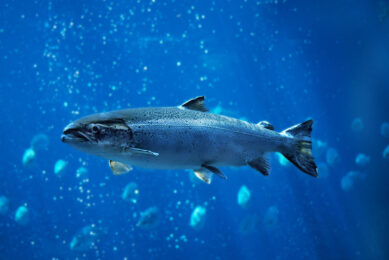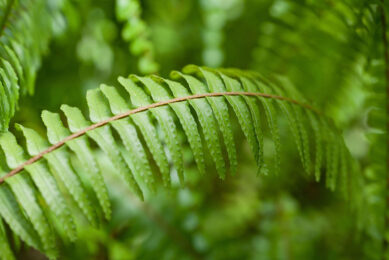Salmon feed for a better immune system
Scientists at Nofima have developed a salmon feed that strengthens the immune defence of salmon so the survival rate after a natural outbreak of the IPN virus increases “dramatically”.
Akvaforsk) believes this is an example of the fish feed of the future.”The best
way of significantly improving fish feed involves finding and utilising
components that collaborate with the fish’s biology so that the energy in the
feed is better utilised.”
Smolt
When salmon weigh around 100
grams and are ready to be transferred to sea cages, they are referred to as
smolt. It is clear that the biology is challenged when the salmon smolt are
transferred from fresh water to sea water. This major readjustment means the
smolt have a poor appetite and the intake of energy-rich feed is often
insufficient to maintain a good immune defence. The smolt enters a period of
several weeks’ duration with reduced weight and increased susceptibility to
sickness.
IPN virus
The infectious pancreatic
necrosis (IPN) virus is one of the aquaculture industry’s major health
challenges. The disease particularly affects smolt in the first weeks after
transfer to salt water. One method to enable smolt to have sufficient energy to
fight off the disease is to add bioactive fatty acids to the feed.
Tetradecylthioacetic acid (TTA) increases the salmon’s ability to oxidize fat to
energy.
Related folder:
Dossier
AllAbout Aquafeed
Join 26,000+ subscribers
Subscribe to our newsletter to stay updated about all the need-to-know content in the feed sector, three times a week. Beheer
Beheer









 WP Admin
WP Admin  Bewerk bericht
Bewerk bericht